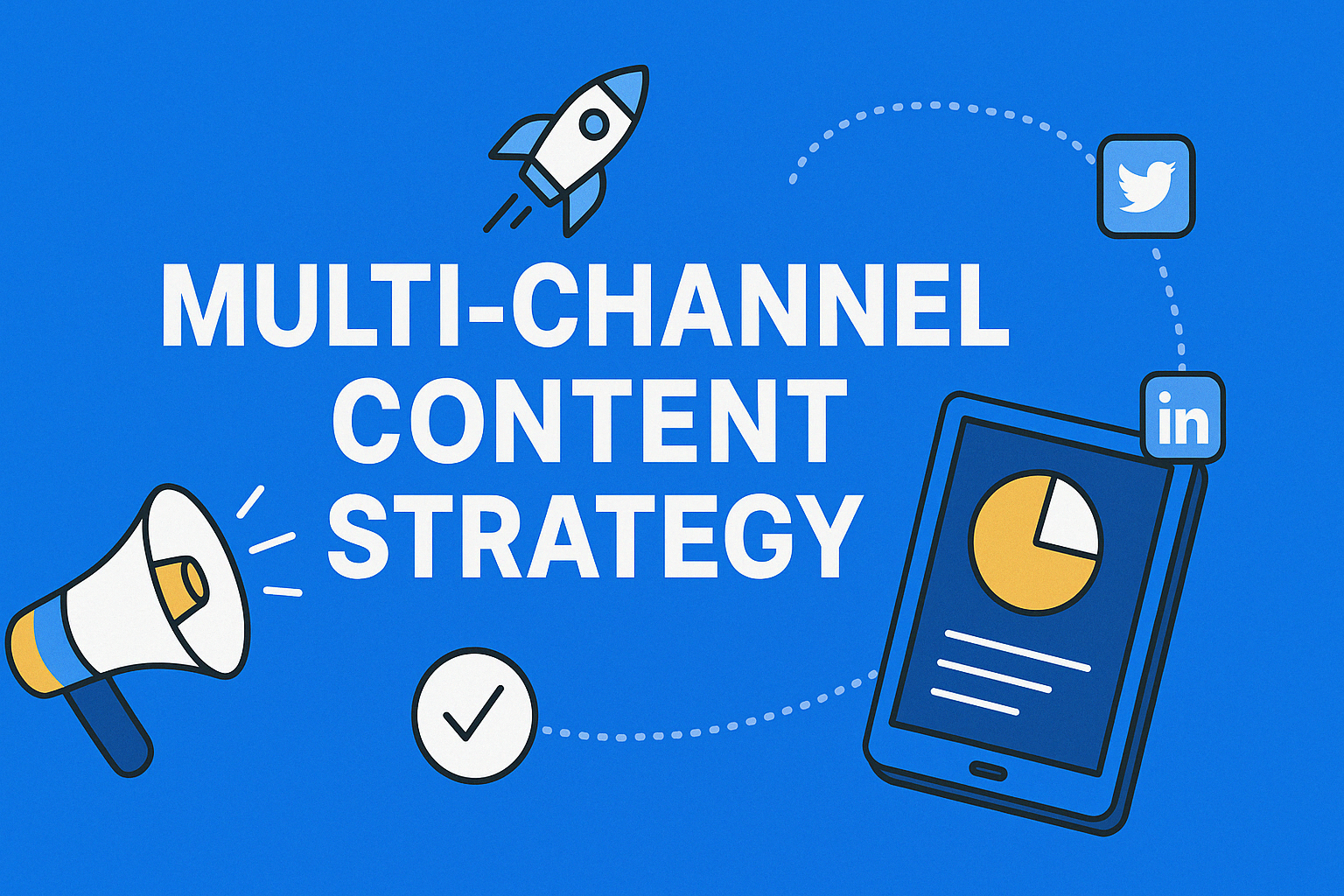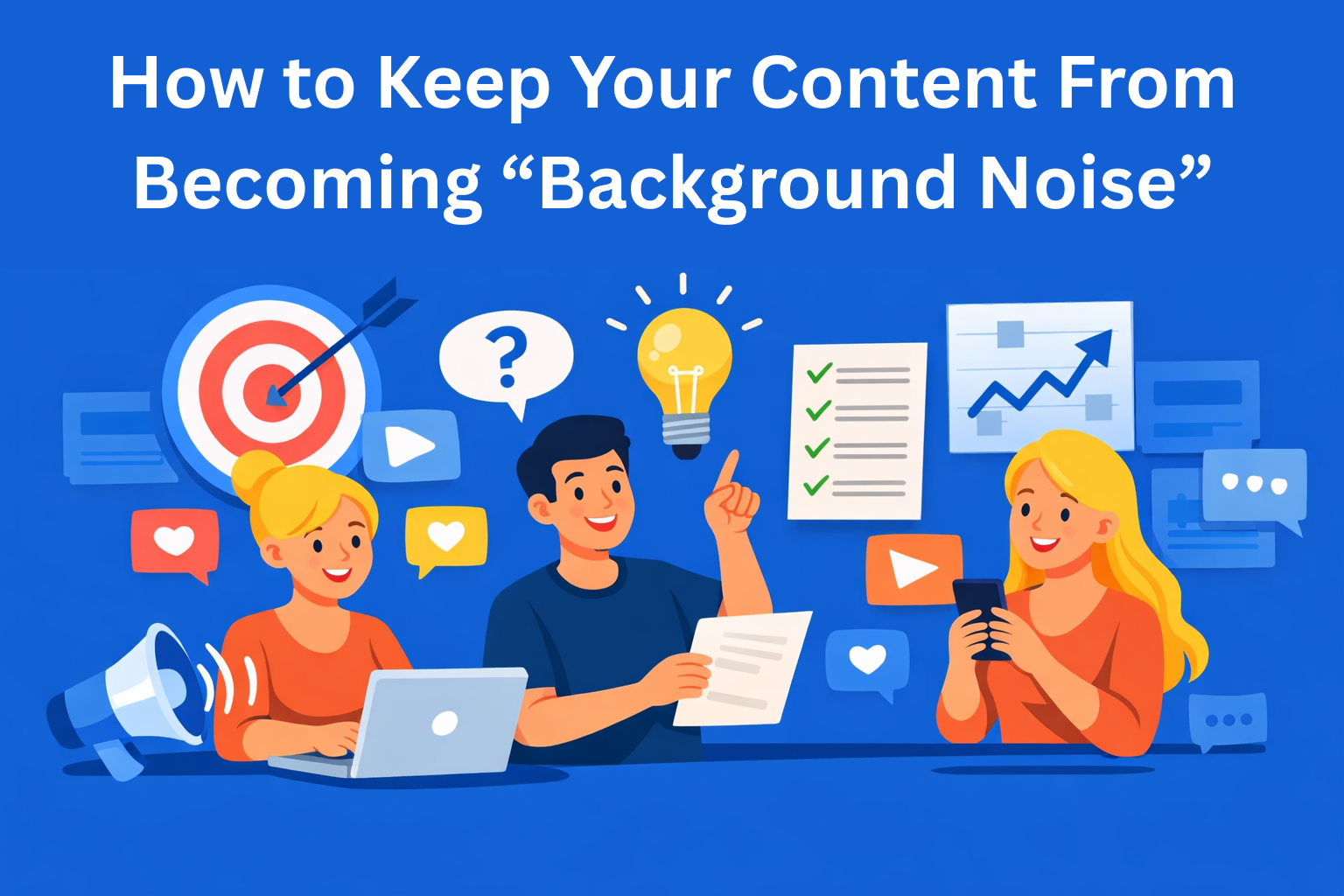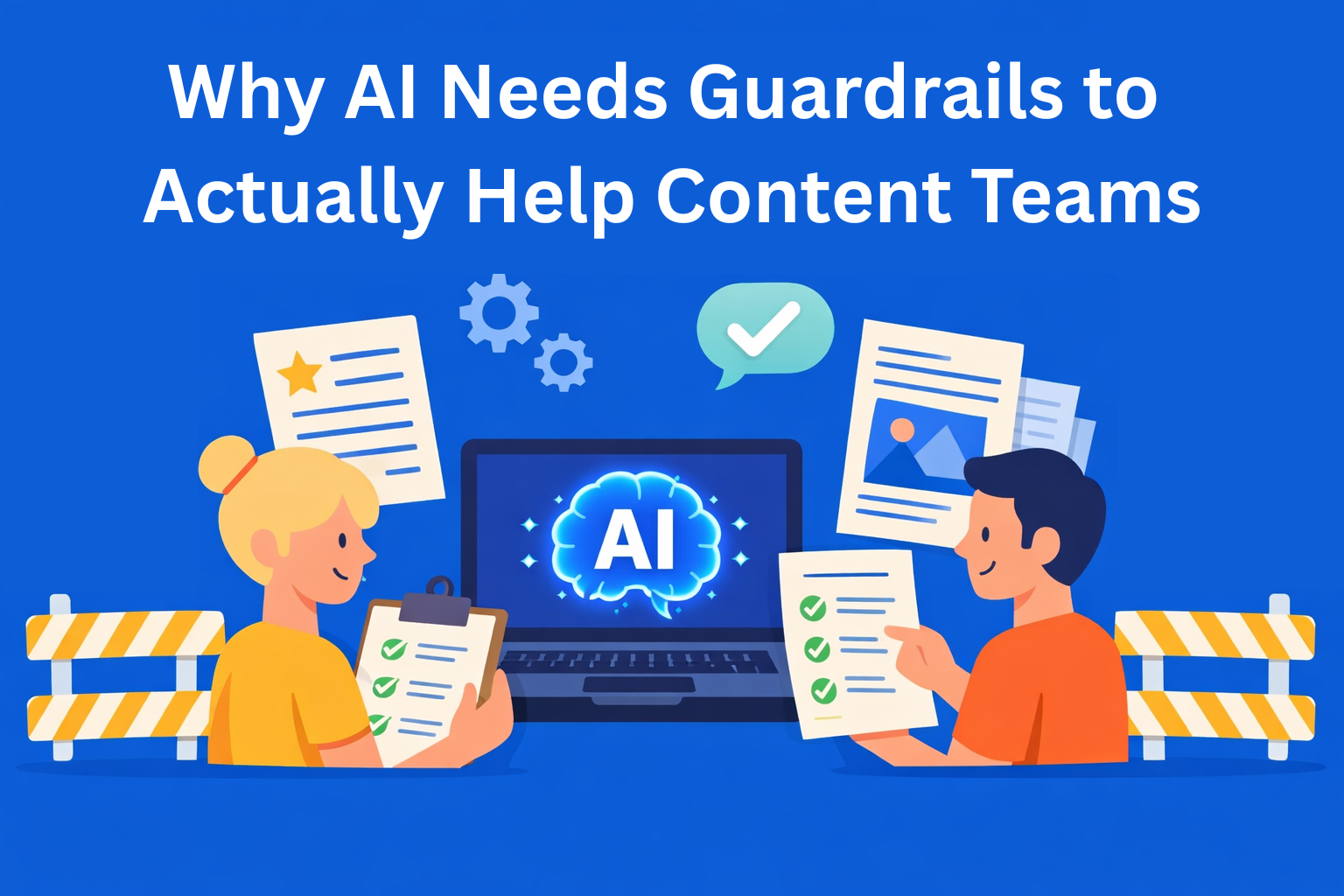Why You Need a Multi-Channel Content Strategy in 2025
Mastering multi-channel content is key to growth in 2025. This guide shows how to plan, tailor, and optimize your strategy for each platform, boosting engagement, streamlining workflows, and ensuring brand consistency across all channels.

Why having a multi-channel strategy is important
People use Instagram, LinkedIn, blogs, and email, among other sites, all the time in 2025. It's no longer enough to just use one channel.
Using more than one route helps you:
- Make your business more noticeable
- Get people to know and trust you.
- Improve participation at all points of contact
- Raise the rates of conversion and retention
The biggest problems with managing multiple channels
| Problem | Answer |
|---|---|
| 🥁 Reusing information over and over | Change the style and tone for each site |
| 📅 Different due dates and calendars | Centralized systems, such as EasyContent, should be used |
| 🤷 No understanding of the people | Check analytics and make material better based on what you find |
| 😩 Sending mixed messages | Stick to your brand voice and make a style guide |
Key Takeaways
- Multi-channel strategy increases visibility, trust, and conversions.
- Adapt content to each platform’s strengths and audience behaviors.
- Use analytics and testing to guide content format and tone.
- EasyContent helps manage all channels with one centralized system.
- Focus on quality, structure your workflow, and avoid content duplication.
- Use formats like blogs, videos, podcasts, and infographics wisely.
- Stay consistent with brand voice while customizing per platform.
- Automation, planning, and data-backed decisions are your growth fuel.
Find out who your platform audience is.
Each site has its own style and way of getting people to use it. Here's how to make material fit your needs:
🔹 Instagram and TikTok are great for visual-heavy posts like carousels and reels.
🔹 LinkedIn is great for thought leadership and in-depth comments.
🔹 Blogs are great for detailed how-to guides and evergreen content.
🔹 Email is great for short, practical, personalized messages.
🔹 Podcasts and YouTube: stories, how-tos, and talks
Let data guide your writing
Use tools like these instead of guessing:
- Analytics from Google
- Insights for Facebook and LinkedIn
- A/B Testing
- Tools for Making User Journey Maps
For example, if Instagram scrolling posts do better than single photos, make more of them. Put expert comments at the top of your list if LinkedIn data show that people are really interested in it.
How EasyContent Helps Make Things Simpler
EasyContent makes the process of creating material for multiple channels easier:
✅ One place to work on projects, get comments, and keep track of changes
✅ Content plan in one place
✅ Fewer email threads and faster decisions
✅ Messages that are the same on all platforms
Format plus Platform = Interest
| Format | Best Platforms | Purpose |
|---|---|---|
| 📄 Blog / Longform | Blogs, LinkedIn, Medium | SEO, teaching, lead generation |
| 🎥 Video | Facebook, Instagram, YouTube | Branding and storytelling |
| 🎙 Podcast | YouTube, Spotify, Apple Podcasts | Expert talks and interviews |
| 📊 Infographic | Blogs, Pinterest, LinkedIn | Quick facts and visual summaries |
| 🧵 Threads | Twitter (X) | Key takeaways and microstories |
How to Be Successful on Multiple Channels
✔ Stick to two or three main platforms
✔ Don't copy and paste content; make it your own
✔ Set up a clear process for your team
✔ Reuse content wisely (blog → video → thread)
✔ Quality over number; always
Thoughts for Now
A plan that uses more than one route is now required, not just recommended. In 2025, brands that know their customers and how to talk to them will be successful.
Managing content is a breeze with a tool like EasyContent. Plan things better. More quickly approved. More progress.






